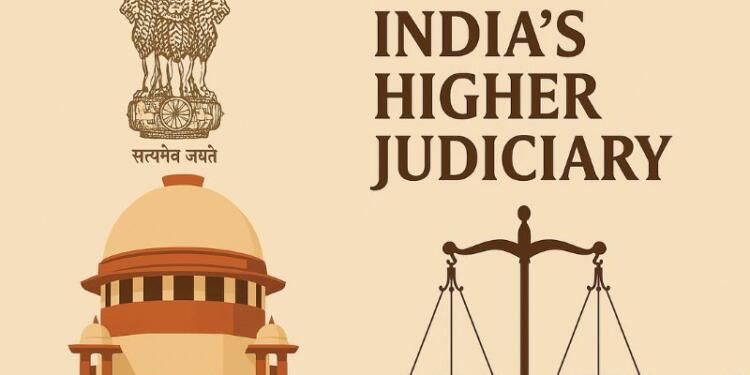In a landmark announcement in the direction of judicial transparency, the Supreme Court of India had recently stated that all its serving judges and the judges appointed in future will disclose their assets to the Chief Justice of India, which will then be published on the website of the top court. However, the status report, as of 11th April 2025, paints a grim picture. Strikingly, only 12% of the Judges in the Higher Judiciary have declared assets. More alarmingly, there are around 18 High Courts in which no judge has declared their assets, as flagged by a Bar and Bench report dated 11th April.
Incidentally, the Supreme Court had earlier this month taken the unanimous decision that they would declare their assets publicly in the wake of the raging controversy around the Cash in Home row involving Justice Yashwant Varma. A fire incident led to the discovery of a massive pile of cash allegedly at Justice Varma’s residence.
Judicial Accountability: A Timeline of Asset Declaration in Higher Judiciary
It is pertinent to note that the stance of the Higher Judiciary has been ever evolving in the direction of improving judicial transparency. The major development in this direction started in 1997 when the apex court adopted a resolution titled – “The Restatement of Values of Judicial Life”. This resolution required all the judges of the Supreme Court to declare their assets to the Chief Justice of India.
In Higher Courts, the judges were directed to submit their asset declaration details to the respective Chief Justices of their state High court. However, these asset declaration details were not to be made public but they needed to be updated every year.
Later, in 2009, public scrutiny and criticism prompted the Supreme Court to take a major decision, stating that it would be a voluntary decision by every judge to declare their assets to the general public.
Now, an analytical report by the legal portal, Bar and Bench, has highlighted the status report of voluntary asset declaration by judges of the Higher Judiciary. As per the Bar and Bench, the voluntary disclosure has “brought little transparency to the system”.
The public information made available by the Supreme Court and 25 High Courts have revealed that an abysmally low 11.94% of the sitting judges in the Higher Judiciary have declared their assets to the general public.
“A review of the data available on the websites of the Supreme Court and 25 High Courts across the country suggests that as of April 11, 2025, only 11.94% of the sitting judges in India have disclosed their assets to the public,” Bar and Bench report states.
The Bar and Bench report, however, highlights that 30 of the 33 apex court judges have disclosed their assets to the CJI, but reportedly owing to a ‘technical glitches’, the details are yet to be published on the Supreme Court website.
The status report of the High Courts across the country yields a grimmer picture with only 95 of the 762 (12.46%) serving High Court judge’s disclosing assets on their courts’ websites.
As per the report, there are 18 High Courts giving no information about their judges’ asset declaration including the country’s largest High Court – the Allahabad High Court,, with 81 serving judges currently. Bombay, Calcutta, Gujarat, and Patna High Courts are among the 18 High Courts.
However, following the Supreme Court’s recent decision on asset declaration, around 93% (41 out of 44 sitting judges) of the Kerala High Court have declared their assets.































